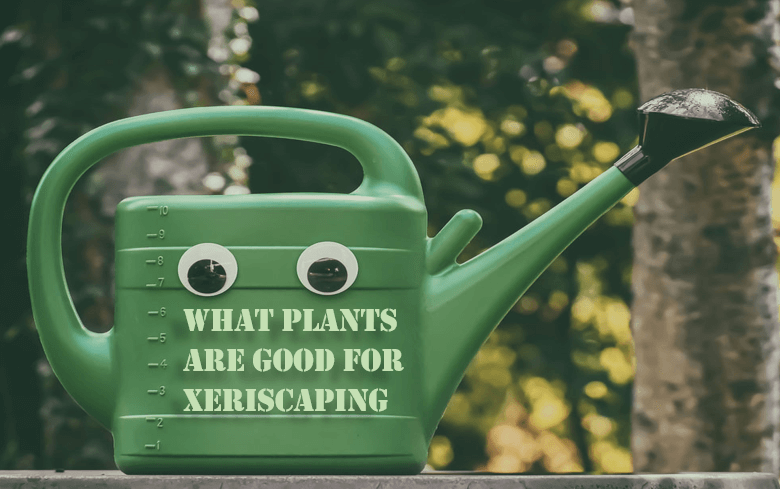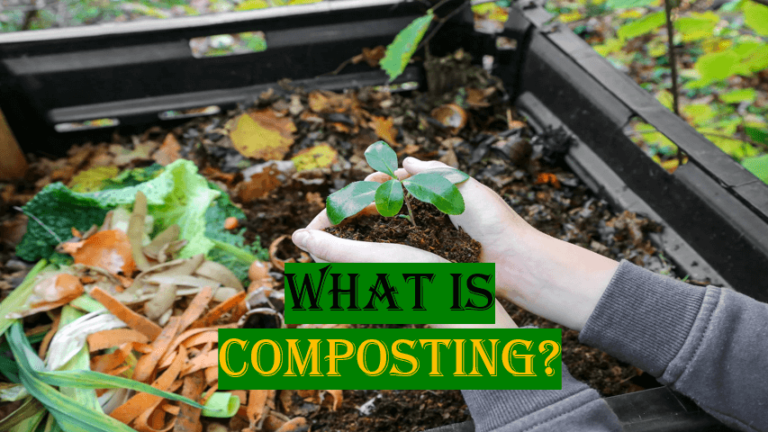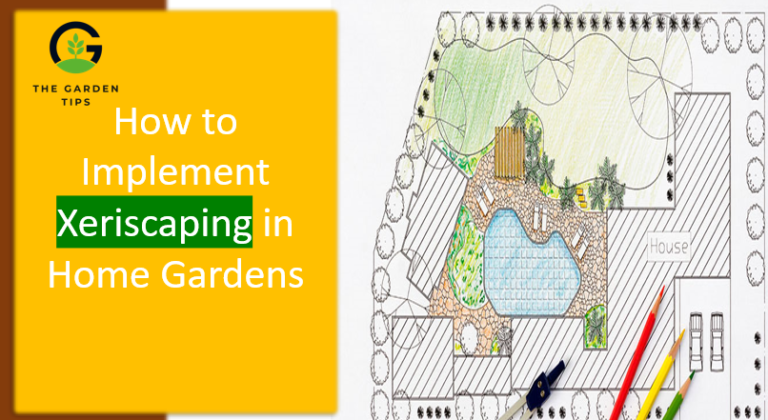Xeriscaping is a smart and sustainable landscaping technique that has gained popularity in recent years. It involves using plants that are well-suited to arid climates and creating landscapes that require minimal water and maintenance. Choosing the right plants is essential if you’re interested in xeriscaping your yard or garden. Not all plants are created equal when it comes to surviving in drought-prone environments, and selecting the wrong ones can lead to disappointment and frustration.

Fortunately, many plants are ideally suited for xeriscaping, and by choosing wisely, you can create a beautiful and sustainable landscape that will thrive for years to come. In this article, we’ll explore some of the best plants for xeriscaping and provide tips on choosing the right ones for your garden.
How to Choose Plants for Xeriscape
If you are interested in xeriscaping your garden, it is essential to choose the right plants that are well-suited to your area’s climate, soil, and sun exposure. In this article, we will provide you with some tips on how to choose plants for xeriscaping.
1. Research your climate zone
Before you start choosing plants for your xeriscape garden, you need to determine your climate zone. Understanding your climate zone will help you choose plants adapted to your region’s specific conditions. For example, if you live in a hot and dry region, you will need to choose plants that can tolerate high temperatures and low water levels.
2. Consider the soil type
Soil type plays a significant role in the success of your xeriscape garden. Different plants thrive in different soil types, and it is essential to choose plants that are well-suited to the type of soil in your garden. For example, if you have sandy soil, you will need to choose plants adapted to this type of soil, such as cacti and succulents.
3. Choose plants with low water requirements
One of the key principles of xeriscaping is to choose plants that require minimal water. This is achieved by selecting plants that are adapted to arid environments and have low water requirements. Some of the best plants for xeriscaping include succulents, cacti, and other plants that store water in their leaves or stem.
4. Select plants with low maintenance requirements
In addition to choosing plants with low water requirements, it is essential to select plants that are low maintenance. This will help you save time and effort while still enjoying a beautiful garden. Some low-maintenance plants for xeriscaping include lavender, sage, and thyme.
5. Choose plants with different heights and textures
To create a visually appealing xeriscape garden, it is essential to choose plants with different heights and textures. This will add depth and dimension to your garden and make it more interesting to look at. Consider using plants with different leaf shapes and sizes, as well as plants with different bloom times and colors.
6. Use native plants
Using native plants in your xeriscape garden is an excellent way to ensure your plants are well-suited to the local climate and soil conditions. Native plants are adapted to the local environment and are typically easier to maintain than non-native plants. They also provide food and habitat for local wildlife, making your garden more ecologically friendly.
7. Consider using groundcovers
Groundcovers are low-growing plants that cover the ground and help to prevent soil erosion. They are an excellent choice for xeriscape gardens as they require minimal water and are typically low maintenance. Some popular groundcovers for xeriscaping include creeping thyme, sedum, and phlox.
8. Avoid invasive plants
When choosing plants for your xeriscape garden, it is essential to avoid invasive species. Invasive plants can quickly take over your garden and compete with native plants for resources. They can also spread to other areas and harm local ecosystems. Some plants to avoid include bamboo, kudzu, and purple loosestrife.
5 Plant Species which are Good for Xeriscaping
1. Succulents
Succulents are a great choice for xeriscaping because they store water in their leaves, making them highly drought-tolerant. Some popular succulent varieties include:
- Sempervivum (hens and chicks): These are small, clumping succulents that come in a range of colors and are perfect for planting in rock gardens or as ground cover.
- Agave: These large, spiky plants are iconic desert landscapes and can add a dramatic focal point to your xeriscape.
- Sedum: These low-growing plants come in a variety of colors and are perfect for planting in containers or as a ground cover.
2. Native grasses
Native grasses are an excellent choice for xeriscaping because they are adapted to the local climate and require minimal water. Some popular varieties include:
- Blue grama grass: This low-growing grass is native to the Great Plains and is highly drought-tolerant.
- Little bluestem: This upright grass has striking blue-green foliage, adding a dramatic vertical element to your xeriscape.
- Indian rice grass: This clumping grass is native to the southwestern United States and is highly drought-tolerant.
3. Lavender
Lavender is a fragrant and beautiful herb that is well-suited to xeriscaping. Lavender is highly drought-tolerant and thrives in hot, dry conditions. In addition to its beauty and fragrance, lavender is a useful herb for cooking and aromatherapy.
4. Yucca
Yucca is a group of plants native to the arid regions of North and Central America. Yucca plants are highly drought-tolerant and have striking, sword-shaped leaves. Some popular yucca varieties include:
- Spanish dagger: This tall, spiky plant has striking white flowers, adding a dramatic vertical element to your xeriscape.
- Joshua tree: This iconic plant is native to the southwestern United States and has a unique, otherworldly appearance.
- Adam’s needle: This clumping yucca has striking foliage and adds a dramatic focal point to your xeriscape.
5. Cacti
Cacti are perhaps the most iconic plants of xeriscaping. These spiky succulents are highly drought-tolerant and come in a wide range of shapes and sizes. Some popular cactus varieties include:
- Barrel cactus: This round, spiky cactus has bright yellow or red flowers and is a great addition to a xeriscape.
- Saguaro cactus: This tall, branching cactus is native to the Sonoran Desert and is the largest in the United States.
- Prickly pear cactus: This low-growing cactus has striking paddle-shaped leaves and is well-suited to planting in rock gardens or as ground cover.
Final Words
Xeriscaping is a sustainable and beautiful way to create a garden that conserves water and requires less maintenance. By choosing plants well-suited to your local climate and soil conditions, you can create a functional and beautiful xeriscape. Whether you prefer succulents, native grasses, herbs, or cacti, there are many great plant choices for xeriscaping. So, get out there and start creating your water-wise garden today!






